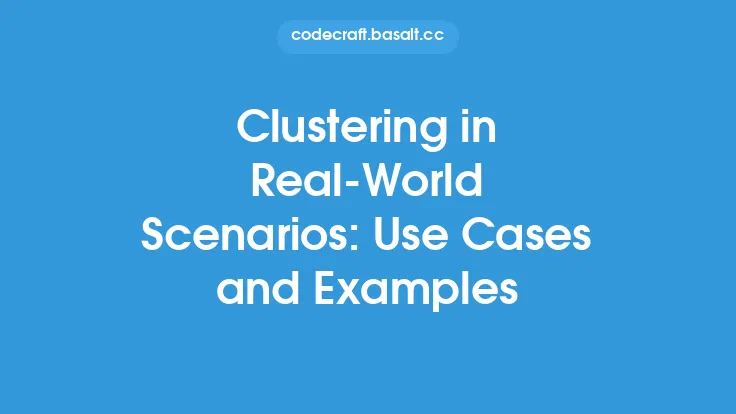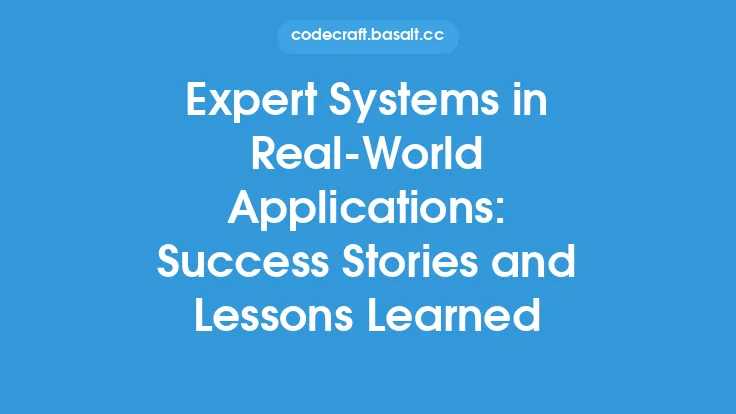Declarative programming is a paradigm that has been gaining popularity in recent years due to its ability to simplify complex software development tasks. In this approach, the focus is on specifying what the program should accomplish, rather than how it should accomplish it. This leads to more concise, readable, and maintainable code. Declarative programming has a wide range of applications, from database querying and web development to artificial intelligence and data analysis.
History and Evolution
Declarative programming has its roots in the early days of computer science. The first declarative programming language, Prolog, was developed in the 1970s. Prolog is based on formal logic and allows developers to specify rules and facts, which are then used to deduce conclusions. Over the years, other declarative languages have emerged, such as SQL, which is used for managing relational databases, and HTML, which is used for structuring and presenting content on the web. More recently, languages like Haskell and Lisp have gained popularity due to their strong support for declarative programming.
Real-World Applications
Declarative programming has many real-world applications. One of the most significant areas where declarative programming is used is in database querying. SQL, which is a declarative language, is used to manage relational databases. With SQL, developers can specify what data they want to retrieve, without worrying about how the data is stored or retrieved. This leads to more efficient and scalable database systems. Another area where declarative programming is used is in web development. HTML and CSS, which are declarative languages, are used to structure and present content on the web. Developers can specify the layout and appearance of web pages, without worrying about the implementation details.
Examples and Use Cases
There are many examples and use cases of declarative programming in practice. For instance, in data analysis, declarative programming can be used to specify what data to analyze, without worrying about the implementation details. The popular data analysis library, Pandas, provides a declarative API for data manipulation and analysis. Another example is in artificial intelligence, where declarative programming can be used to specify the rules and constraints of an expert system. The popular AI library, TensorFlow, provides a declarative API for building and training machine learning models.
Technical Details
From a technical perspective, declarative programming is based on the concept of a "declaration", which is a statement that specifies what the program should accomplish. Declarations are typically expressed using a formal language, such as a logic-based language or a query language. The key characteristic of declarative programming is that the focus is on the what, rather than the how. This means that the implementation details are abstracted away, and the developer only needs to worry about specifying the desired outcome. Declarative programming languages typically provide a set of built-in functions and operators that can be used to combine declarations and create more complex programs.
Comparison with Imperative Programming
Declarative programming is often compared to imperative programming, which is a paradigm that focuses on specifying how the program should accomplish a task. Imperative programming languages, such as C and Java, provide a set of statements that specify the steps the program should take to achieve a goal. In contrast, declarative programming languages provide a set of declarations that specify what the program should accomplish, without worrying about the implementation details. Declarative programming is generally more concise and readable than imperative programming, but it can be less efficient and less flexible.
Best Practices and Design Patterns
There are several best practices and design patterns that can be used to improve the effectiveness of declarative programming. One of the most important best practices is to keep declarations simple and focused on a specific task. This makes it easier to understand and maintain the code. Another best practice is to use a consistent and well-defined syntax for declarations, which makes it easier to combine them and create more complex programs. Design patterns, such as the "query" pattern, can be used to provide a standardized way of specifying declarations and combining them to create more complex programs.
Tools and Frameworks
There are many tools and frameworks that support declarative programming. For instance, the popular web framework, React, provides a declarative API for building user interfaces. The framework, Angular, also provides a declarative API for building web applications. In the area of data analysis, the popular library, Pandas, provides a declarative API for data manipulation and analysis. The library, NumPy, also provides a declarative API for numerical computing. These tools and frameworks make it easier to use declarative programming in practice and provide a more concise and readable way of specifying what the program should accomplish.
Future Directions
Declarative programming is a rapidly evolving field, with new languages and tools emerging all the time. One of the most exciting areas of research is in the development of new declarative languages that can be used for specific domains, such as artificial intelligence and data analysis. Another area of research is in the development of new tools and frameworks that can be used to support declarative programming, such as compilers and interpreters. As declarative programming continues to evolve, we can expect to see more concise, readable, and maintainable code, which will lead to more efficient and scalable software systems.
Conclusion
In conclusion, declarative programming is a powerful paradigm that can be used to simplify complex software development tasks. By focusing on specifying what the program should accomplish, rather than how it should accomplish it, declarative programming leads to more concise, readable, and maintainable code. With its wide range of applications, from database querying and web development to artificial intelligence and data analysis, declarative programming is an essential tool for any software developer. As the field continues to evolve, we can expect to see more innovative applications of declarative programming, which will lead to more efficient and scalable software systems.





